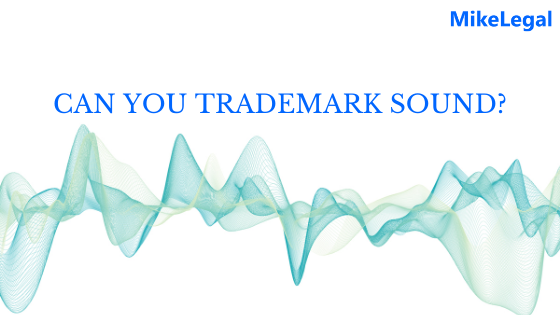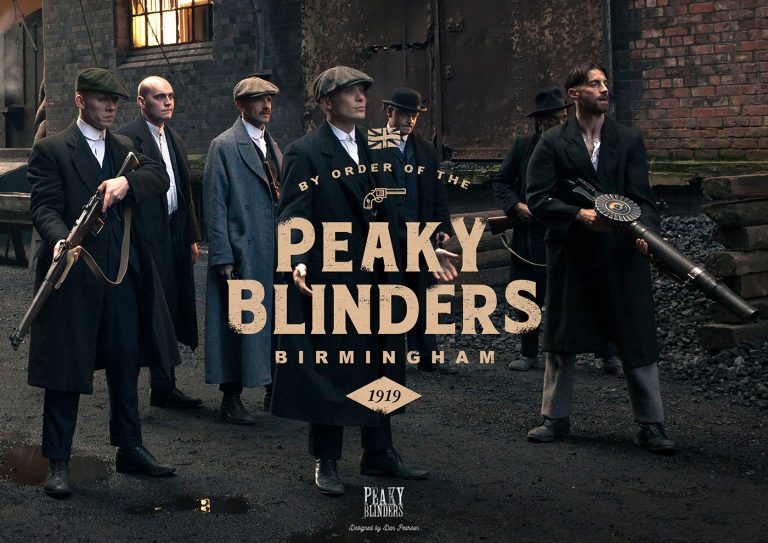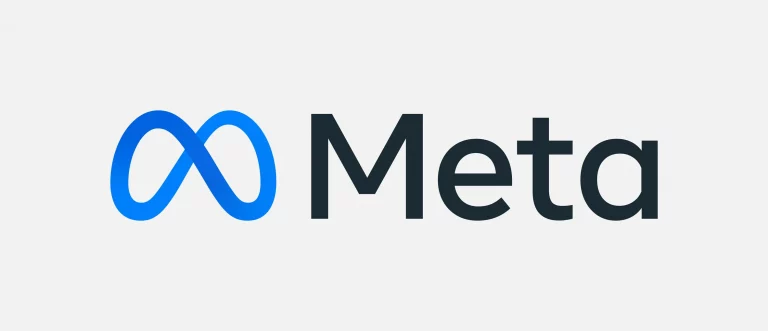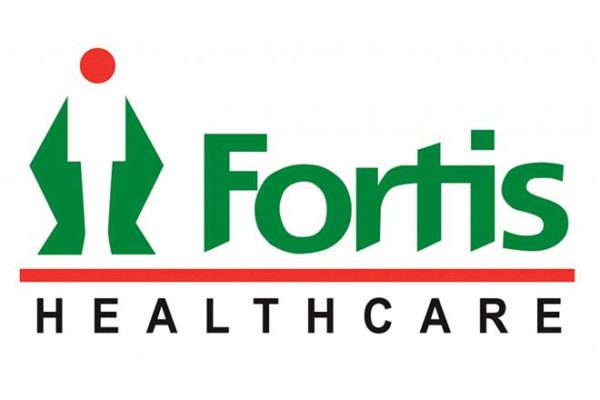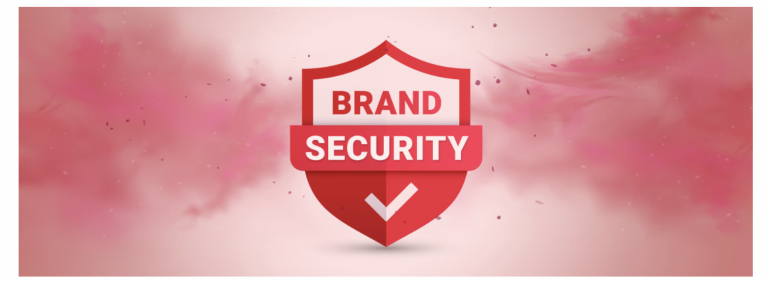Can you trademark sound?
Sounds are one of the most popular forms of non-traditional trademarks. The new marketing techniques have made it possible for businesses to create and use these unique symbols to distinguish their products from others. The advent of the Internet and electronic commerce has also increased the range of signs that businesses would like to use as registered trademarks. When you hear Netflix’s familiar Ta-dum!, you know it’s Netflix starting up even before you see the logo appear on the screen. Or ever seen a child’s face light up when they hear the Peppa pig or the Cocomelon theme song? They know that little snort means a new episode is coming up. But, Netflix’s signature ‘Ta-dum’ that plays every time it starts, has become a unique identifier sound that each user identifies.
This sound was first used 6 years ago and registered in 2017. Netflix obtained the exclusive, nationwide right to use this sound in conjunction with the services listed in its trademark application. Just like names and logos, sounds are also capable of serving as trademarks if they are unique & linked to the identity of the source of a good or service. The audio logo represents the sound mark of a brand and is often accompanied by a visual logo. Audio logo “function as source identifiers when they ‘assume a definite shape or arrangement’ and ‘create in the hearer’s mind an association of the sound’ with a good or service.” Sounds can generally be registered as trademarks when they are arbitrary, unique, or distinctive. However, commonplace sounds or sounds goods make in their normal course of operation (like alarm clocks, telephones, etc.) cannot be registered unless they acquire distinctiveness in the marketplace. Compared with conventional trademarks, music is full of rhythm and melody. The pattern of music could draw people’s attention and strengthen the memory effect. A logo like this should be both precise and concise, so that the sound byte would be recognizable, memorable, and distinct. Just like McDonald’s, it abstracted a short tune from Justin Timberlake’s song “I’m loving it” as its sonic logo. It was sound in such an impressive way that the acoustic logo completely showed its potential power. 93 per cent of the people who were exposed to the McDonald’s “I’m lovin’ it’ ‘ audio logo can recognize it.
Surprisingly, Netflix does not own a trademark registration for “Netflix and chill,” despite the widespread use of the phrase. The majority of Netflix’s trademark applications relate to the titles of its many original movies and TV shows. The use of sounds/ jingles in advertisements and products makes it abundantly clear that products compete not only in terms of visual indications but also in sounds and other senses. Having invested in creating a different sound and also using that sound to differentiate between two products, it is only logical for the producer to want to own and protect the intellectual property of the sounds/music/jingle.
Another iconic sound trademark is the deep breathing sound of Darth Vader from Start Trek. “Hahhhhhhh kerrrrrrrr hahhhhhhh kerrrrrrrr…” – can you hear it now? That’s excatly why it was given a trademark from the USPTO back in 2008. It was given the registration for the famous “scuba” breathing sound in two classes: Class 25 for costume masks, toys, and action figures, and Class 28 for Halloween costumes.
Sound marks may not be as common as other categories, but they do exist. Such marks empower producers and brands to protect all aspects of their franchisee’s identity.
